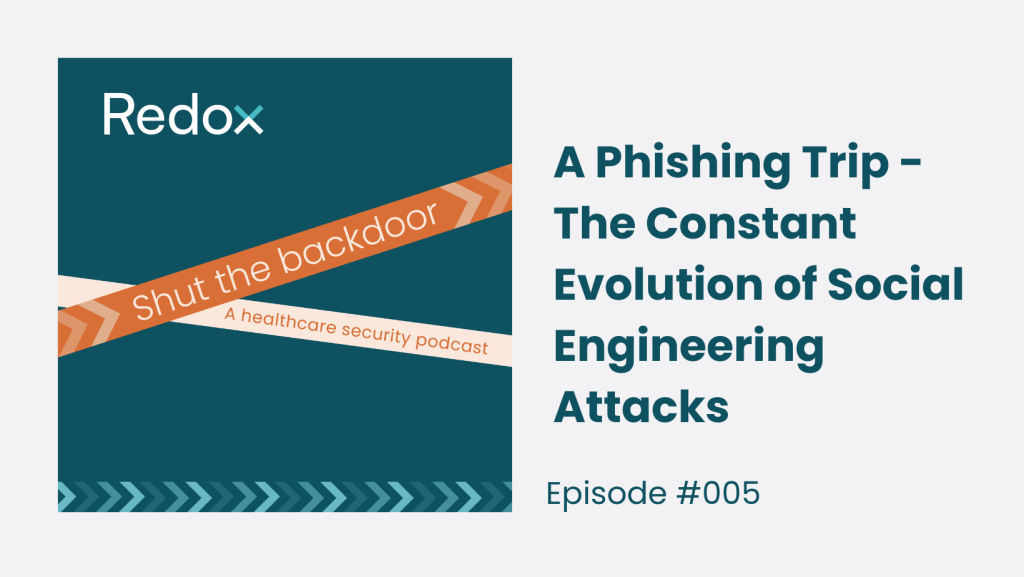“That’s when it starts getting really scary. This is no longer just an email trying to get some gift cards. This stuff can lead to bigger attacks that then can directly impact patient care.”
Receiving a suspicious email, a text message claiming a lottery win, or an urgent request from a “bank” are instances of a cyber menace many know as phishing. While the term might initially bring the mental image of casting a line into a tranquil lake, this type of phishing is anything but relaxing. It’s a threat lurking in our inboxes and beyond, which is why it is important to stay vigilant with the ever-evolving social engineering attacks.
Phishing has been a thorn in the side of cybersecurity for ages. The goal is to secure sensitive data like passwords or financial information or to install malicious software on a device, all under the guise of legitimate communication. The attackers attempt to capitalize on human error, exploiting the trust between people and technology. Phishing remains a top method for hackers due to its low cost and unfortunate high success rate. As Matt Mock highlights, phishing’s simplicity is what makes it so dangerous.
Grammatical errors or suspicious links used to make phishing attempts easy to spot. Now AI advancements have made attacks more sophisticated by creating convincing emails clear of grammar errors. They are using voice calls, video messages, and text messages with deceptive stories that sound real while demanding quick action. Home networks have brought on new challenges as remote work blurs the lines between home and professional security.
The valuable data in healthcare makes them an irresistible target for cybercriminals. Healthcare data is rich with information that commands a high price in the black market. Attacks that compromise healthcare data can have serious repercussions, affecting both privacy and the quality of care. The need to protect healthcare data has never been more pressing.
Preparation is paramount. Improve defenses by emphasizing advanced security measures like multifactor authentication (MFA), engaging training programs, and regular phishing tests. As cybersecurity professionals at Redox, we have the tools and responsibility to educate and protect against these persistent threats. Stay vigilant so you can help others anticipate the next wave of phishing schemes. Remember, it’s not just about locking the back door; it’s about securing all entry points.
Notable Moments
- 01:02 Phishing: Persistent Cybersecurity Threat
- 03:27 Cybersecurity’s Evolving Threats
- 09:15 Phishing Scams: Calls and Video
- 10:23 Rise of Deepfake Scams and Counterfeit Reality Attacks
- 15:43 Vulnerability in Healthcare as Cybersecurity Threats Escalate
- 21:49 MFA and Password Management Trends
- 24:39 Stopping Phishing with Email Security
- 28:24 Advanced Phishing Training Strategies
- 32:05 Effective Phishing Training Strategies
- 34:07 Ineffective Automated Training Solutions
Browse past episodes on our blog or listen wherever you get your favorite podcasts, including:
Subscribe now to get notifications of new episodes in your inbox.
Have an idea for future episode topic? Share it with us.
Learn more about the security of the Redox data interoperability platform here.
Contacts
- Matt Mock: [email protected]
- Meghan McLeod: [email protected]

